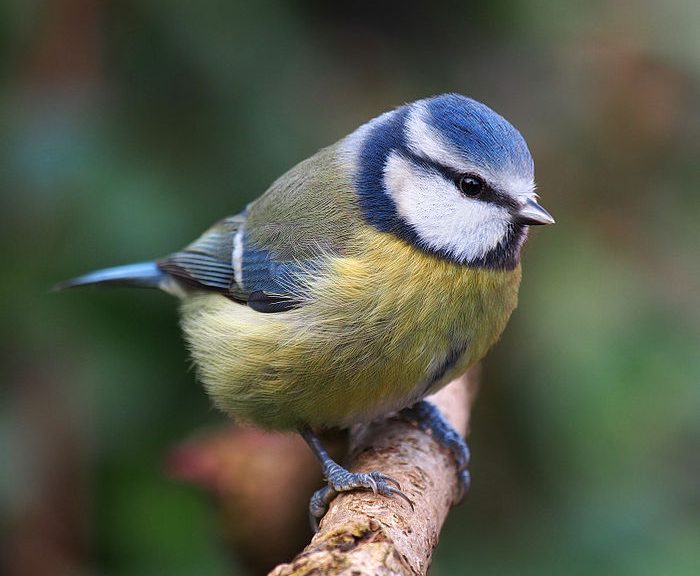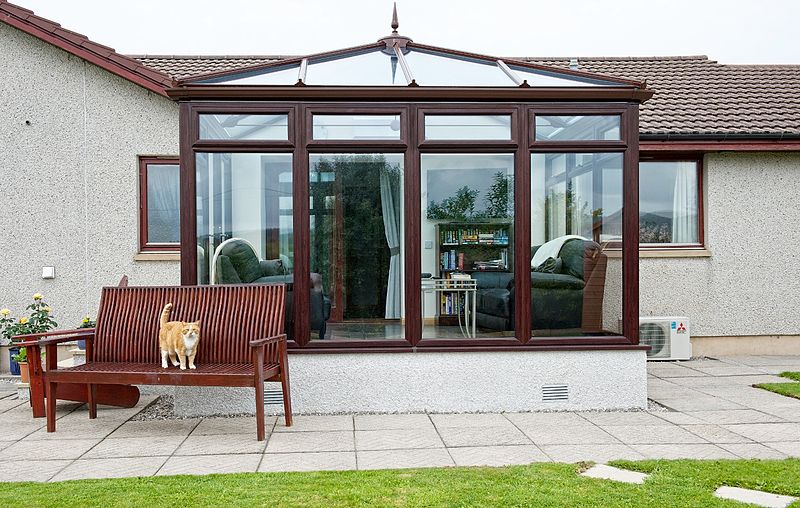Pets bring so much joy that you can forgive them almost anything. That doesn’t mean that you enjoy having your furniture scratched though. Whilst it is dogs which are most associated with destruction in the home, it is surprising just how much damage a cat can do.
Scratching
Scratching is a natural behaviour for cats, so you are never going to be able to stop them. But you can teach them to scratch the right things! If you want to save your sofa from being shredded or your table legs from being turned into sawdust then invest in a scratching post.
Your cat may ignore this initially so you should introduce your moggy to the post but don’t attempt to place the cat’s paws onto the post as they tend to dislike this. Place the post close to furniture that your cat likes scratching and reward them with a treat when they use their new accessory. Warn them sternly when they scratch inappropriately and, if necessary, cover your furniture to protect it.
Ornaments and Your Cat
Cats are agile creatures that can jump onto to mantelpieces, window sills and bookcases with ease. They will choose lofty positions in which to sit as these are safer in the wild and tend to be warm spots in the home. It can be extremely disconcerting to watch your cat pick their way around your valuable porcelain! Cats are generally quite careful about where they put their feet but accidents do happen. Some cats are just plain clumsy!
If you have any ornaments which you particularly treasure then these are best kept in a cabinet. Your other pieces can be preserved by dissuading your cat from venturing near them. Whatever you do, don’t shout at the animal or make too big a deal out of the situation. If you startle them then the ornaments are more likely to go for a burton. To make matters worse, if your cat detects your agitation then this may encourage them to walk over your possessions even more as they will realise that it is a good way to gain your attention. Cats quickly learn what yanks your chain!
To prevent your cats from walking where you would rather they didn’t, use a firm voice to chide them, preferably before they jump. Praise them and reward them if they don’t jump but never reward them if they jump down after a warning. This will only teach them that walking around your valuables will present them with an opportunity to earn a treat.
Destructive Behaviour
Some cats will happily sit around all day and need no distractions. However, if your cat is especially intelligent or hyperactive then they will easily become bored or restless and will start looking for something to do. If you don’t want to come home to find that your window frames have been stripped of their veneer or your books have been ripped to shreds then you need to provide some more appropriate distractions.
Start by tying some cat toys on strings and then dangling these from your door handles. Play with your cat whenever you have the time and hide treats around the house for them to search for. In extreme cases you may have to create a play area for them. This is easy to do with a few old cardboard boxes. Seal the boxes and then cut entrances into the side of them. Connect some of the boxes with tunnels and hide toys and treats inside them.
Indoor cats have the greatest tendency to get bored so allow your cat to spend time in the garden if you can. They will keep themselves occupied and expend more energy and this could save your furniture from being attacked.
Stressed Cats
If your cat is displaying strange, disruptive or aggressive behaviour then this could be the result of stress. Cats dislike change and can manifest their anxiety in bad behaviour. Even something as simple as rearranging your furniture or investing in a new sofa could make your cat feel agitated. Try to calm them by spending time with them and stroking them but if they don’t improve then it could be worth trying a calming diffuser. These emit pheromones which remind cats of when they were nursed as kittens. They can be incredibly effective with some pets but make no difference at all to others!
If all else fails then seek advice from your vet. They may be able to identify an issue which you hadn’t thought of or undercover a medical problem that needs addressing.



